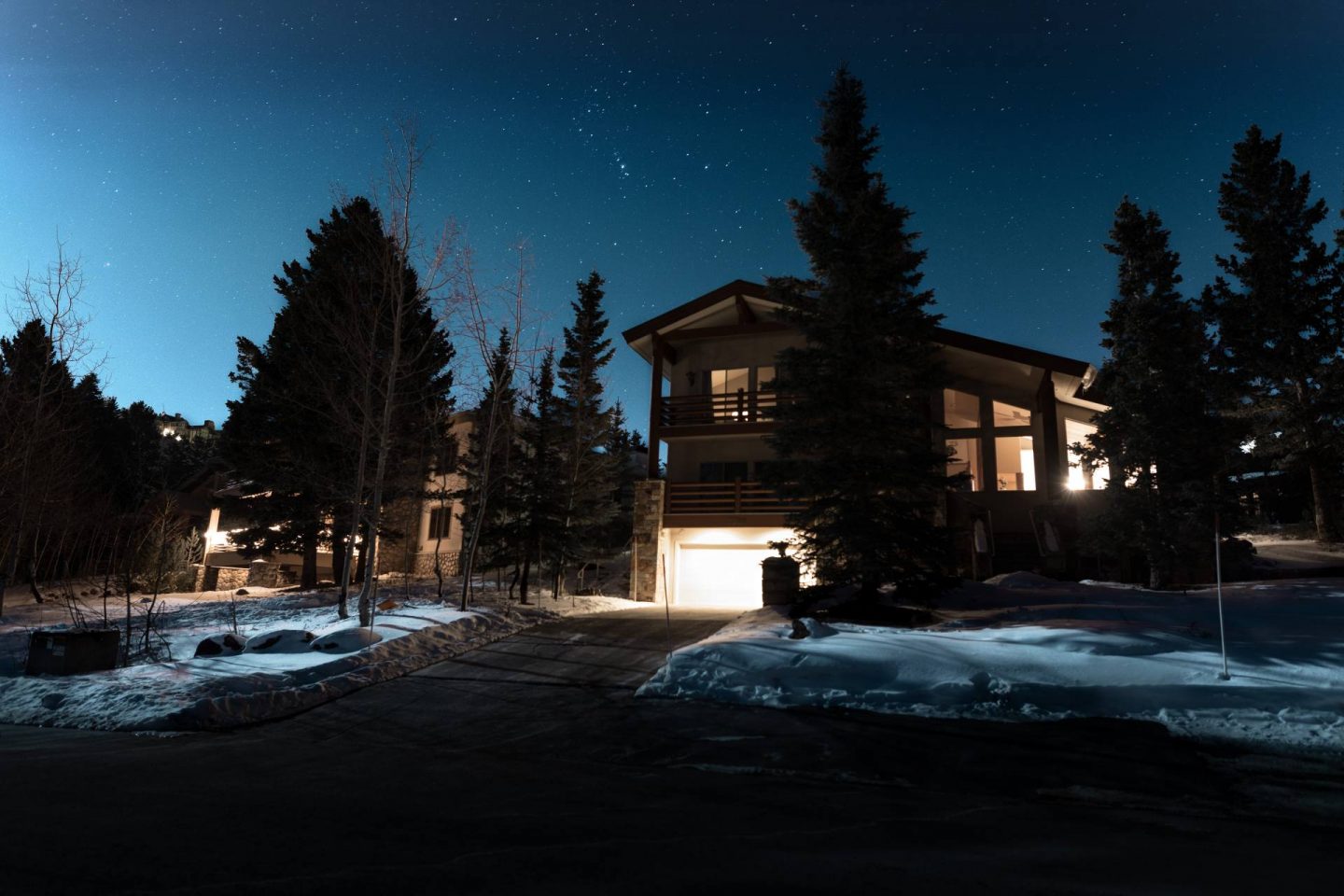*This is a collaborative post.
Aggregates are good at making the surface you’re working on unique and more attractive. Whatever type of ground cover or landscaping project you’re working on, you can easily find a suitable contractor to get you the best kind of aggregate that will make your property more durable and outstanding. Aggregates can be used in different types of projects ranging from patio designs to gardening projects.
They are also perfect for both domestic and commercial properties. In case you’re thinking of improving your pavements and driveways by installing something that will drain water faster and remain durable for a long time, then you can contact any contractor in aggregates Essex has to offer, and you’ll find professional assistance with your projects. In case you want to try a DIY approach, you should consider the following design guide. Since aggregates are mixed with other materials, these factors are critical in the design of every project because they affect the outcome.
Size matters
When using aggregates as part of the design of every project, you should know that the bigger the aggregate, the smaller the mixing material should be. This means that if your aggregate is coarse, then you should use smaller aggregates like sand. The smaller particles will fill up the spaces left between the coarse aggregates, thereby binding them strongly. This type of mixture also reduced the amount of cement used as a paste. And it also prevents too much shrinkage. For ideal sizing, make sure the largest aggregate isn’t five times larger than the smallest aggregate or three times larger than the depth of the slab.
Gradation
The gradation of the aggregate particles should be evenly spaced between the largest and the smallest. When the ratio of the coarse aggregates to the medium and smallest is appropriately maintained, you end up with a design that is bonded strongly with proper drainage capacity. On the other hand, if the gradation is poor, you get a mixture that uses a lot of concrete. The same happens when you get a gap graded mixture. The proportion and size of aggregates are usually connected and should, therefore, balanced. This is the only way to get surfacing that is aesthetically pleasing, strong, and functions optimally.
Shape
On the one hand, rounded and smooth aggregates don’t require a lot of cement paste, but they are weaker. On the other hand, gular aggregates that are rough use a lot of paste, but they are stronger because of the stronger friction between them that makes them bond more tightly. They also have a larger surface area and better visual results.
Naturality
Natural aggregates are usually better than manufactured aggregates. Look for aggregate Essex suppliers who will give you natural stones instead of manufactured ones. Stones like Granite, quartz, and graphite are the common options, but you have to check their quality. Stones that are strong, non-reactive, and not soft are the best.
Conclusion
The contractor you choose to work with will advise you in the best aggregate mixture for your projects because they differ. For instance, if you’re looking to improve your pavements, then concrete or asphalt aggregates will work. However, tougher projects like railways need stronger aggregates like Granite. Limestone, on the other hand, maybe good for landscaping projects outside the garden area.

